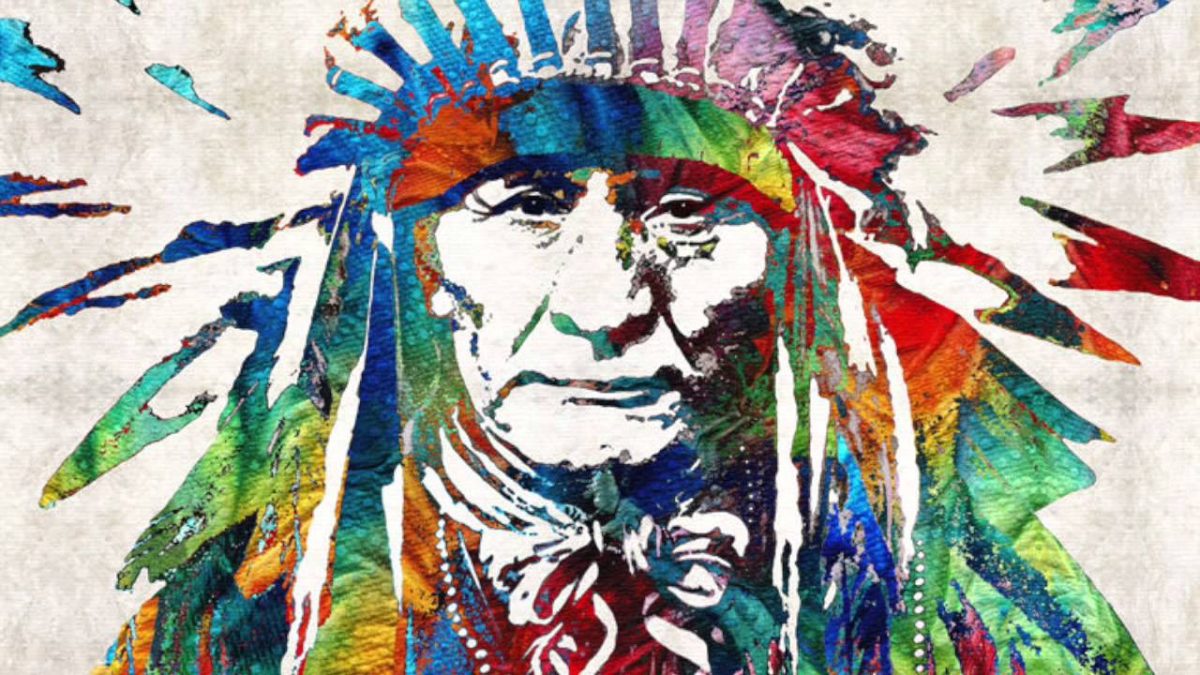My process of searching for sources was in no particular strategic order but was completed throughout the span of this semester. My research began with Mary-Ellen Kelm’s book Colonizing Bodies, Myra Rutherdale’s book Children, Health, and Hygiene in Northern Canadian Communities, as well as Ian Mosby’s article Administering Colonial Science. These readings were assigned as class readings (see reading log blog post for summaries of the readings) which really helped me begin my research as they were analyzed in class and the core concepts discussed in depth. These readings confirmed that the research topic I had chosen was exactly what I wanted to do. From here I re-found the past books I used in pervious essays and explored them again, only this time specifically searching for anything to do with health. The rest of my search for sources was left to exploring the schools online library for any books and/or articles that would be of use to me. Through this data source I was able to find my sources that covered the impact seen today on Aboriginal health. Finding secondary sources was very easy, and I was able to base my research project largely off of the Kelm book as it was written specifically about colonizing Aboriginal bodies.
My sources:
Adelson, Naomi. “The embodiment of inequality: health disparities in aboriginal Canada.” Canadian Journal of Public Health 96, (2005): 545-561. Retrieved from: http://www.jstor.org/stable/41994459
Bryce, H. P. Report on the Indian Schools of Manitoba and the North West Territories. Chief Medical Officer, Department of Indian Affairs. (1907). Ottawa: Government Printing Bureau
Bryce, H. P. The Story of a National Crime: An Appeal for Justice to the Indians of Canada. Chief Medical Officer, Department of Indian Affairs. (1922). Ottawa: James Hope & Sons
Fiske, Jo-Anne and Browne, Annette. “Aboriginal Citizen, Discredited Medical Subject: Paradoxical Constructions of Aboriginal Women’s Subjectivity in Canadian Health Care Policies.” Policy Science, 39, No. 1. (2006): 91-111. Doi: 10.1007/s11077-006-9013-8
Gleason, Mona, “Race, Class, and Health: School Medical Inspection and Healthy Children in British Columbia, 1890-1930.” In Children’s Health Issues in Historical Perspective, edited by Cheryl Krasnick Warsh and Veronica Strong-Boag. Ontario: Wilfred Laurier University Press, 2005.
Grant, Agnes. No End of Greif: Indian Residential Schools in Canada. Toronto: Pemmican Publications Inc., 1996.
Kasper, Violet. “The lifetime Effect of Residential School attendance of Indigenous Health Status.” American Journal of Public Health 104, 11. (2014). Doi: 10.2105/AJPH.2013.301479
Kelm, Mary-Ellen. Colonizing Bodies: Aboriginal Health and Healing in British Columbia, 1900-1950. Vancouver: UBC Press, 1998
Light, Penny Tracy, Barbara Brookes, & Wendy Mitchinson, eds. Bodily Subjects: Essays on Gender and Health, 1800-2000. London: McGill-Queen’s University Press, 2014
Mosby, Ian. “Administering Colonial Science: Nutrition Research and Human Biomedical Experimentation in Aboriginal Communities and Residential Schools, 1942-1962.” Social History, Vol. 46, No. 91, (2013).
Rutherdale, Myra, “Children, Health, and Hygiene in Northern Canadian Communities, 1900-1970.” In Children’s Health Issues in Historical Perspective, edited by Cheryl Krasnick Warsh and Veronica Strong-Boag. Ontario: Wilfred Laurier University Press, 2005.
Smith, Dawn, Collen Varcoe and Nancy Edwards. “Turning Around the Intergenerational Impact of Residential Schools on Aboriginal People: Implications for Health Policy and Practice. CJNR 37, no. 4 (2005): 38-60.
Waldram, James B., D. Ann Herring, & T. Kue Young. Aboriginal Health in Canada: Historical, Cultural, and Epidemiological Perspectives. Toronto: University of Toronto Press, 2006.
